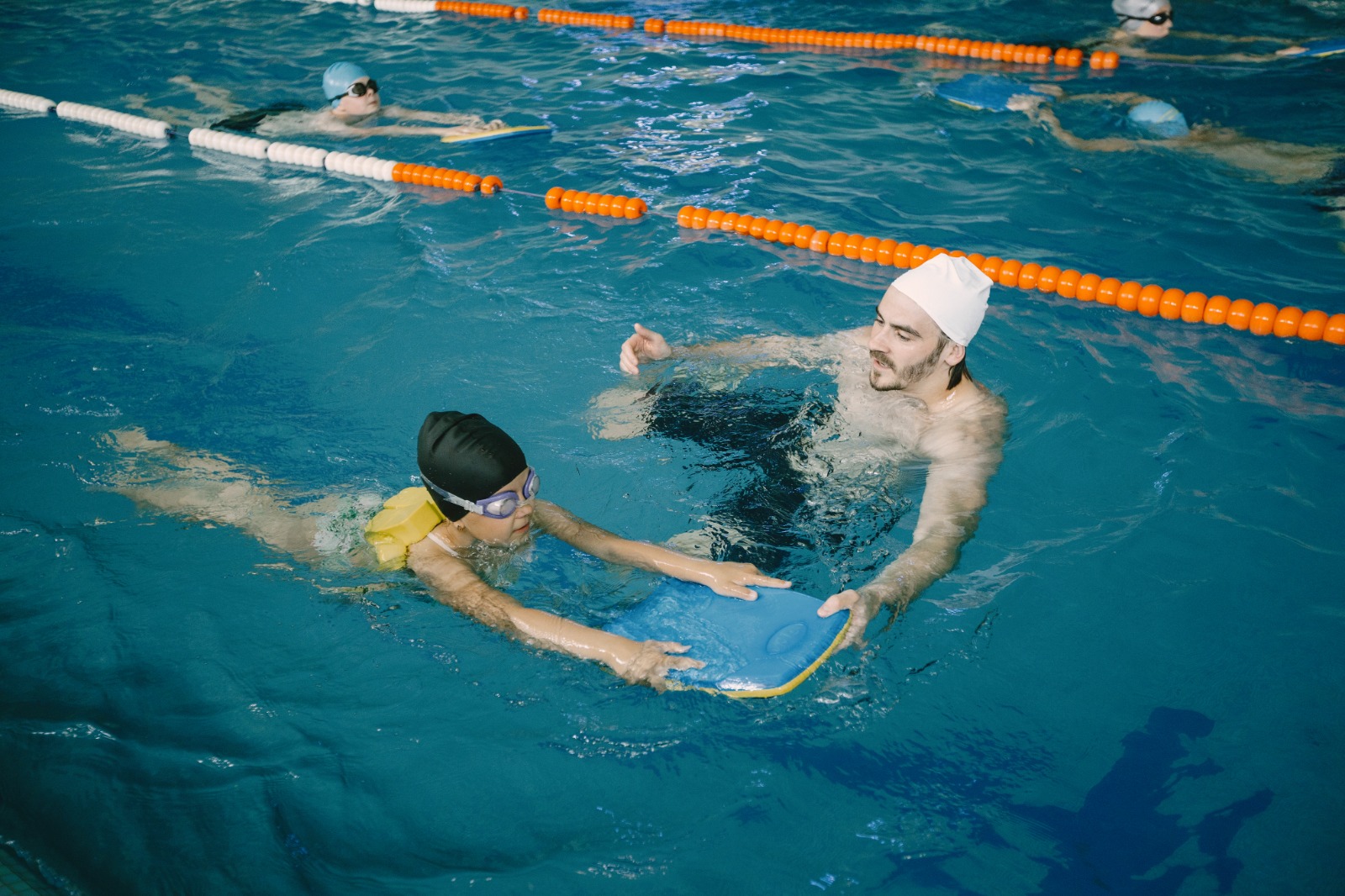
Swimming is not only a valuable life skill but also a fantastic way to improve your fitness, relax, and enjoy the water. If you're new to swimming, it's essential to start with the right techniques to build a strong foundation. In this article, we'll guide you through the fundamental swimming techniques for beginners.
1. Floating and Comfort in the Water
Before diving into strokes and kicks, it's crucial to build comfort in the water. Practice floating on your back and stomach. To float on your back, lean backward and keep your face out of the water. For floating on your stomach, try to lie flat and spread your arms and legs. These exercises help you become more at ease in the water and lay the foundation for swimming.
2. Basic Breathing Techniques
Breathing is a critical aspect of swimming. Inhale through your mouth when your face is out of the water, and exhale through your nose and mouth when your face is submerged. Practice exhaling underwater to become comfortable with the rhythm of your breath.
3. The Flutter Kick
The flutter kick is the foundation of many swimming strokes. To perform it:
Hold onto the edge of the pool or use a kickboard for support.
Keep your legs straight but not rigid.
Kick from your hips, with your knees slightly bent.
Alternate kicking from your right leg to your left, creating a continuous, gentle motion.
4. The Front Crawl (Freestyle)
The front crawl, also known as freestyle, is a popular and efficient stroke. Here's how to do it:
Start by floating on your stomach.
Extend one arm forward, while the other arm remains at your side.
Kick gently with the flutter kick.
Rotate your head to the side to breathe, then back into the water to exhale.
Switch arms, so the arm at your side now extends forward.
Continue this rotating motion, maintaining a steady kick.
5. The Backstroke
The backstroke is a great way to rest while still making progress. Here's how to perform it:
Start by floating on your back.
Keep your body in a horizontal position.
Flutter kick with your legs, as you did in practice.
Use a windmill motion with your arms to create a continuous circular movement.
Look up at the ceiling or the sky for guidance and breathe comfortably.
6. The Breaststroke Kick
The breaststroke kick is the basis for the breaststroke, which is a more complex stroke. To perform the kick:
Keep your legs close together.
Bend your knees and bring your heels toward your buttocks.
Simultaneously, point your toes out, making a diamond shape with your legs.
Propel your legs outward and then bring them back together, repeating the motion.
7. The Elementary Backstroke
The elementary backstroke is an excellent stroke for beginners. It combines a simple arm movement with the backstroke kick. To perform it:
Start by floating on your back.
Keep your legs straight, and use the backstroke kick.
Perform a synchronized arm movement where your arms go out to the side, then come together in front of your chest.
8. The Sidestroke Kick
The sidestroke kick is often used as a resting stroke. To execute it:
Begin in a similar position to the elementary backstroke.
Kick with your legs and perform a scissor-like movement, where one leg kicks out while the other sweeps in.
Coordinate your arms to maintain balance and direction.
Tips for Beginners:
Stay Relaxed: Tension can hinder your progress. Focus on staying relaxed and maintaining a steady rhythm.
Take It Slow: Don't rush the learning process. Take your time to practice and build your skills.
Use Floatation Aids: Kickboards, swim noodles, and life jackets can provide additional support and help you practice strokes.
Seek Instruction: If possible, consider taking swimming lessons from a certified instructor who can provide personalized guidance.
Remember that swimming is a skill that improves with practice. As a beginner, focus on building your confidence and mastering these basic techniques before progressing to more advanced strokes. Whether you're swimming for exercise, recreation, or safety, these techniques will set you on the right path to becoming a capable and confident swimmer.
Drop your comment